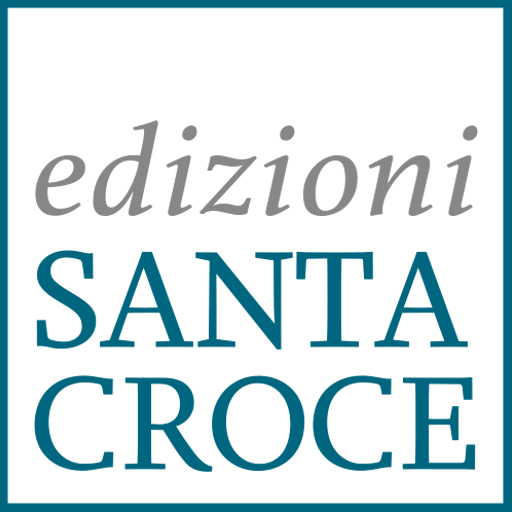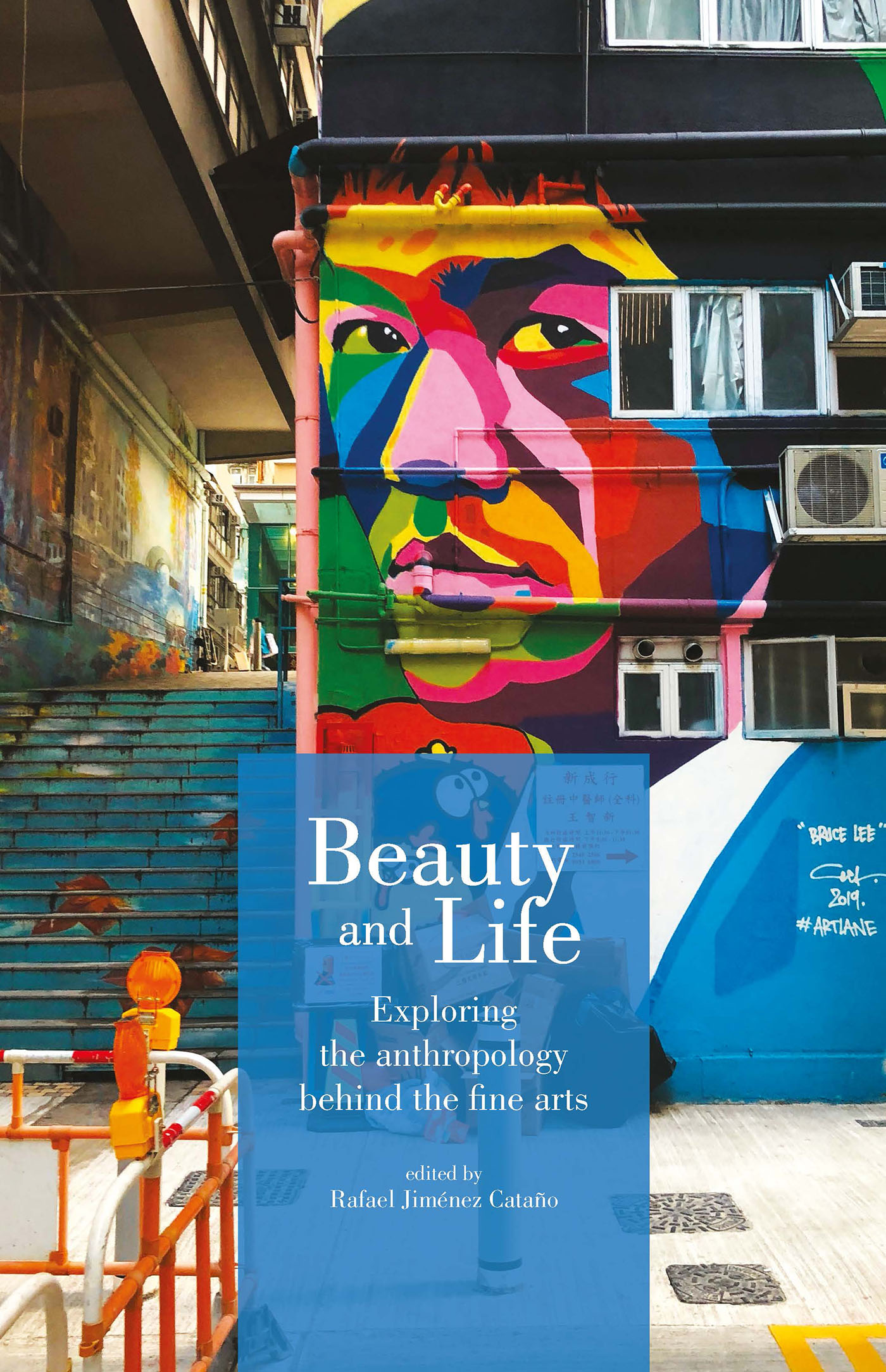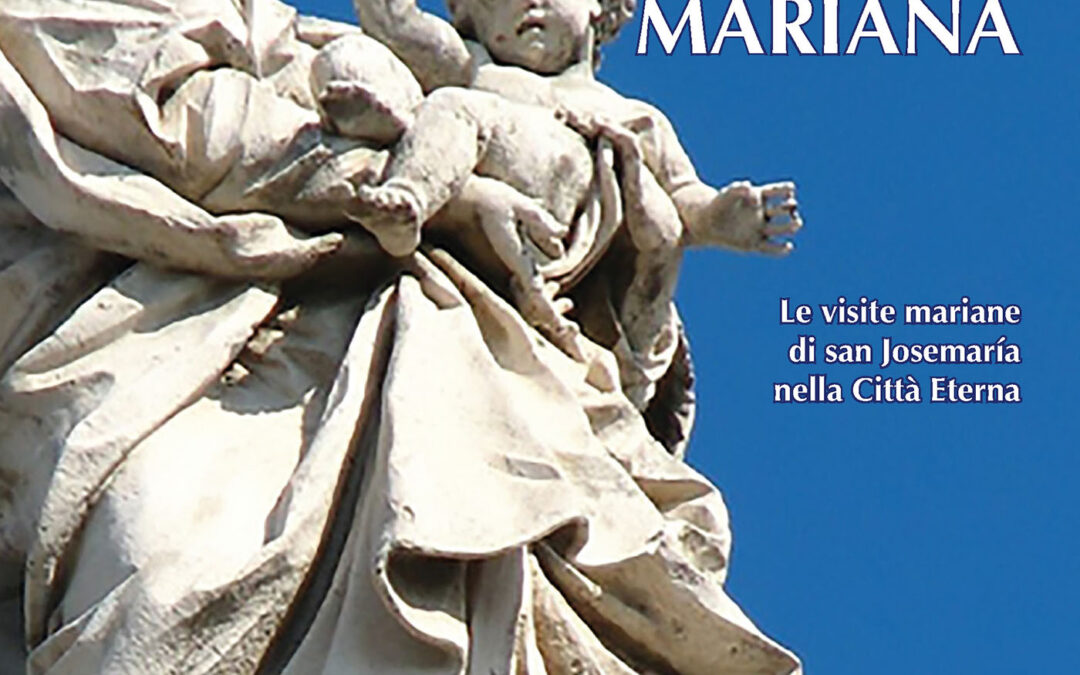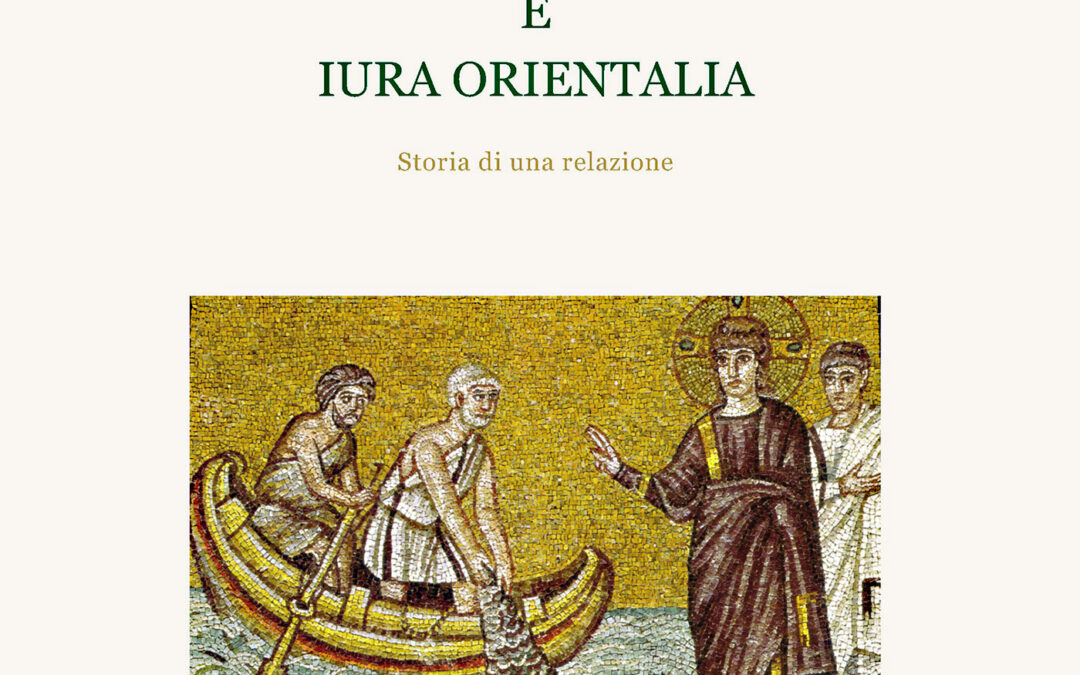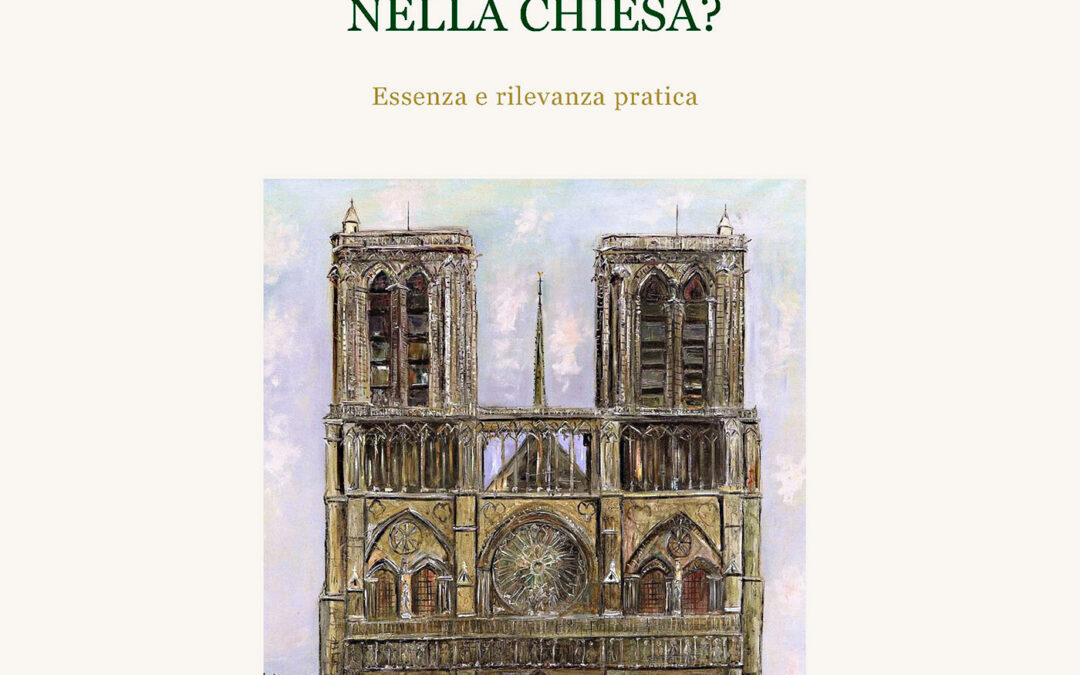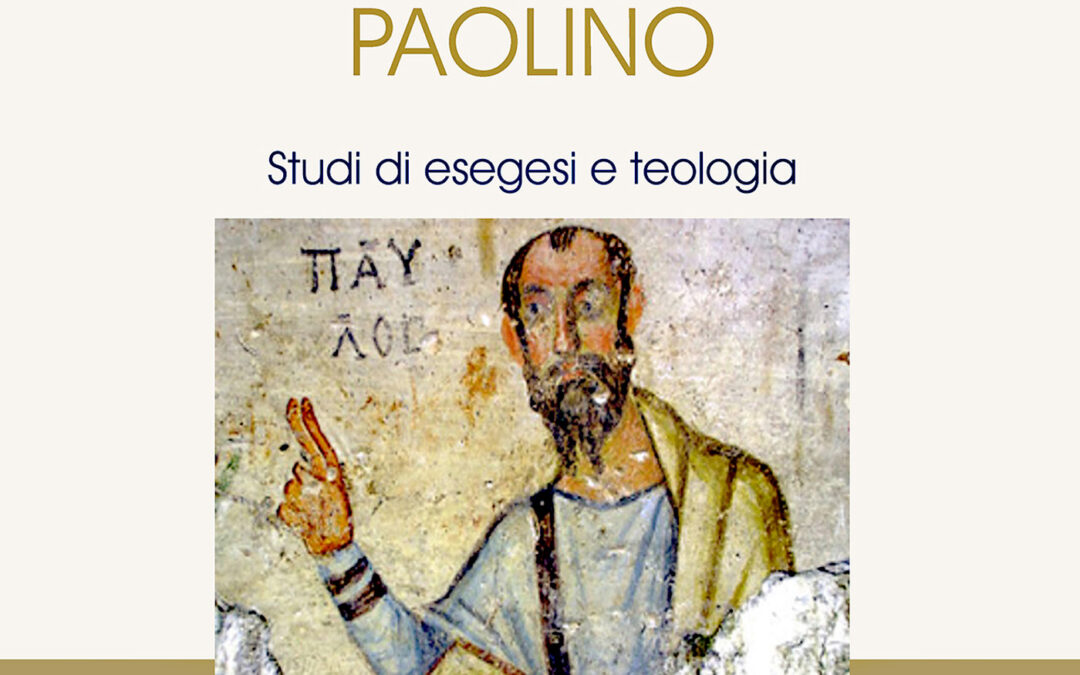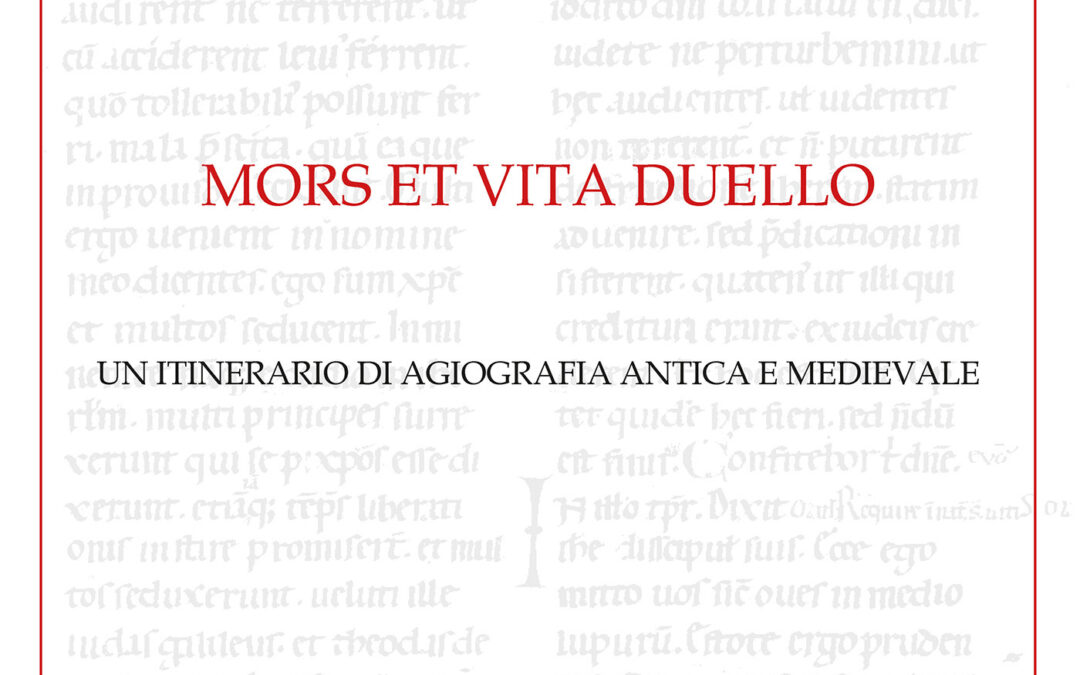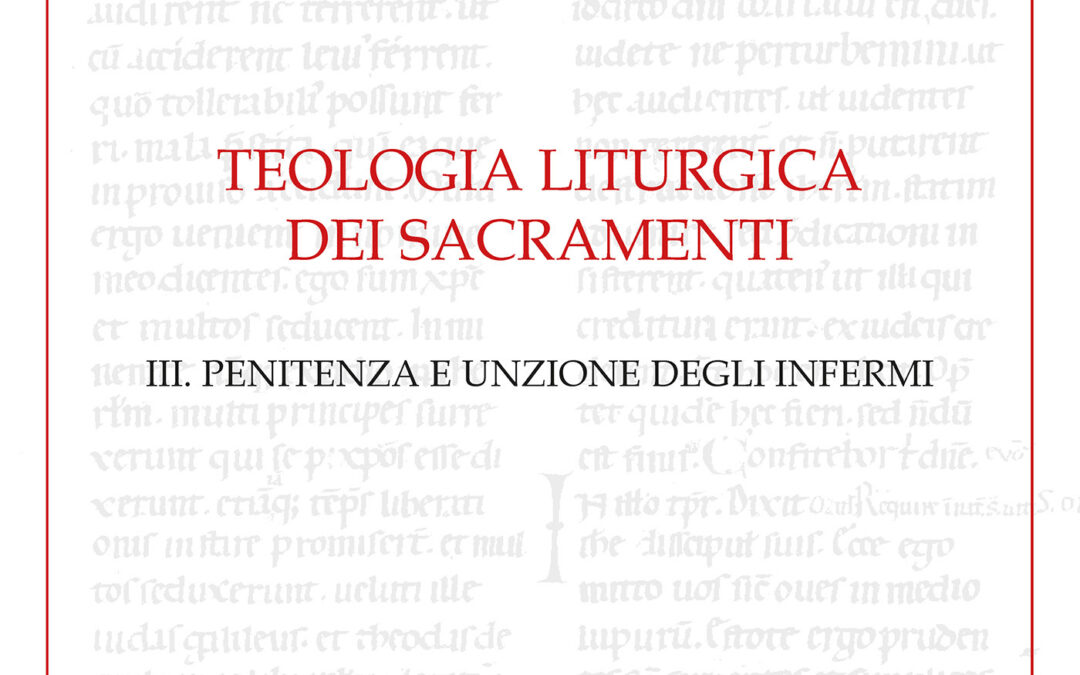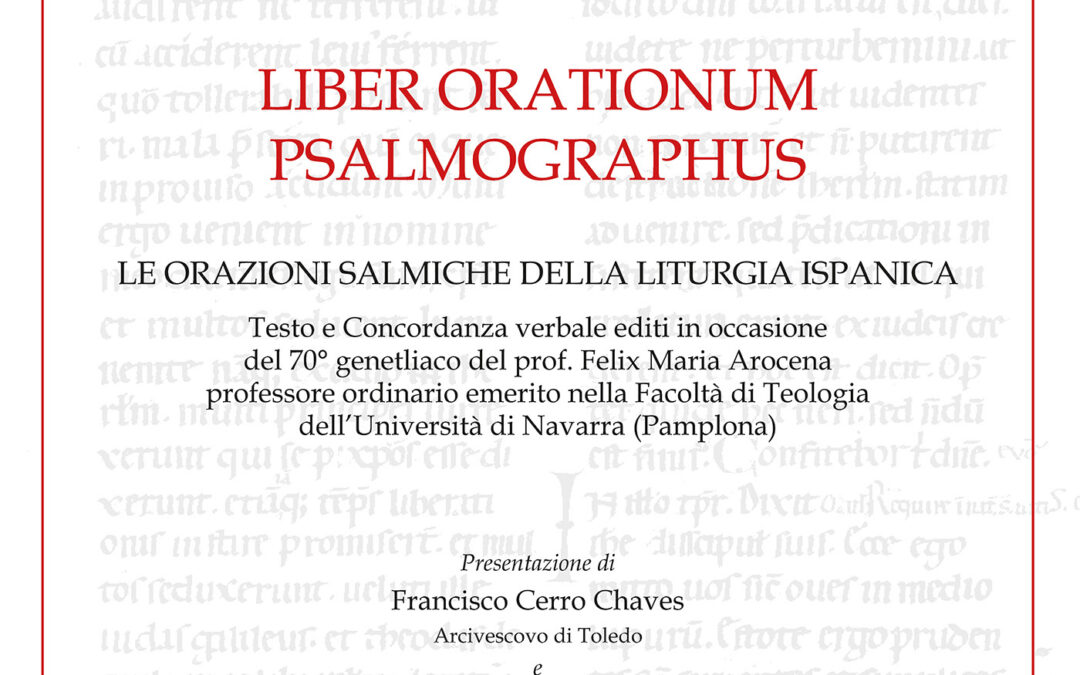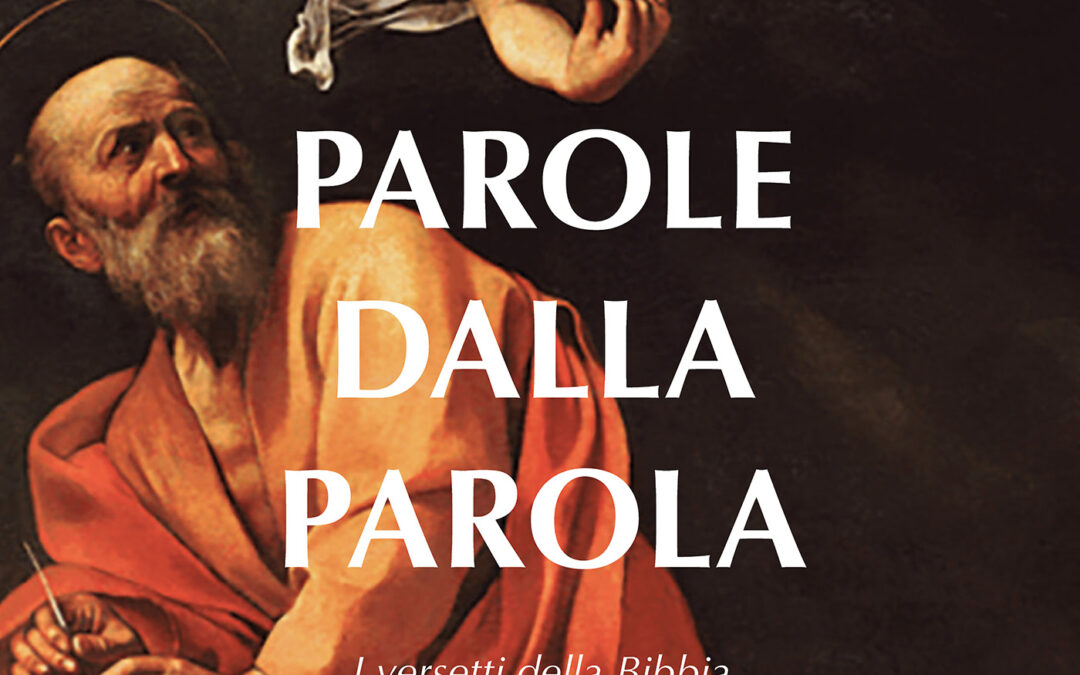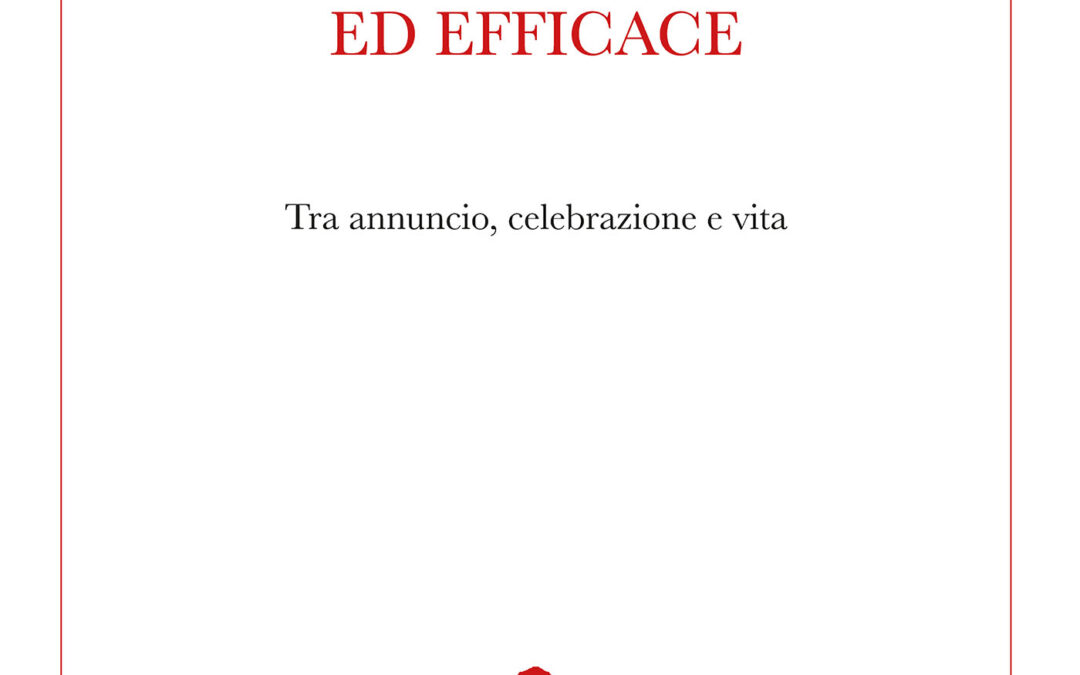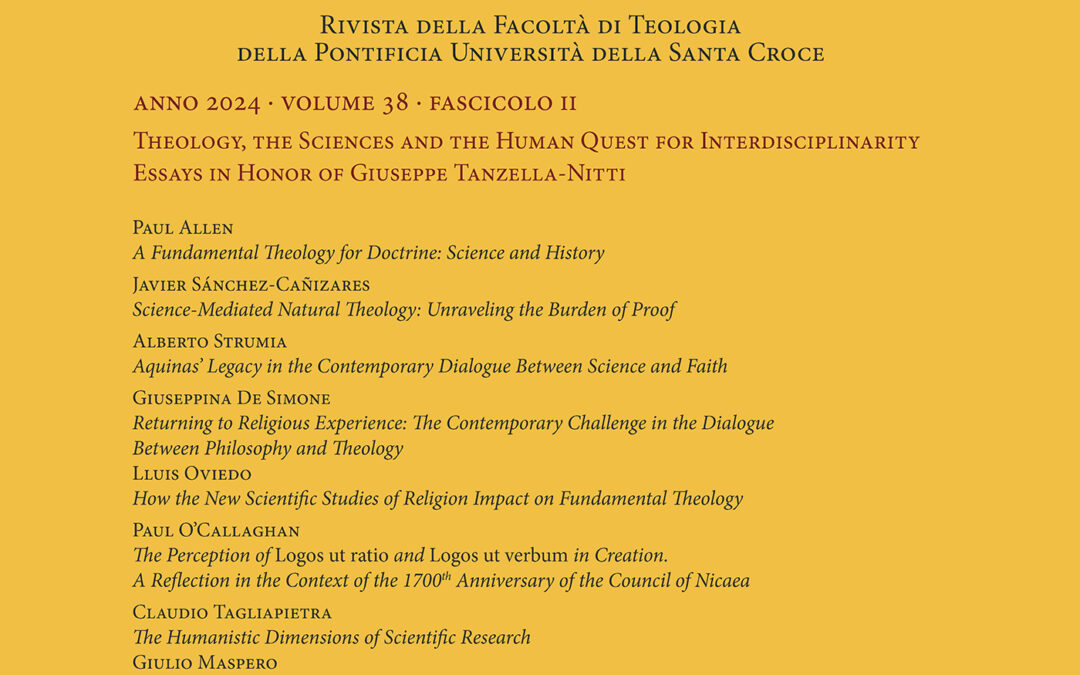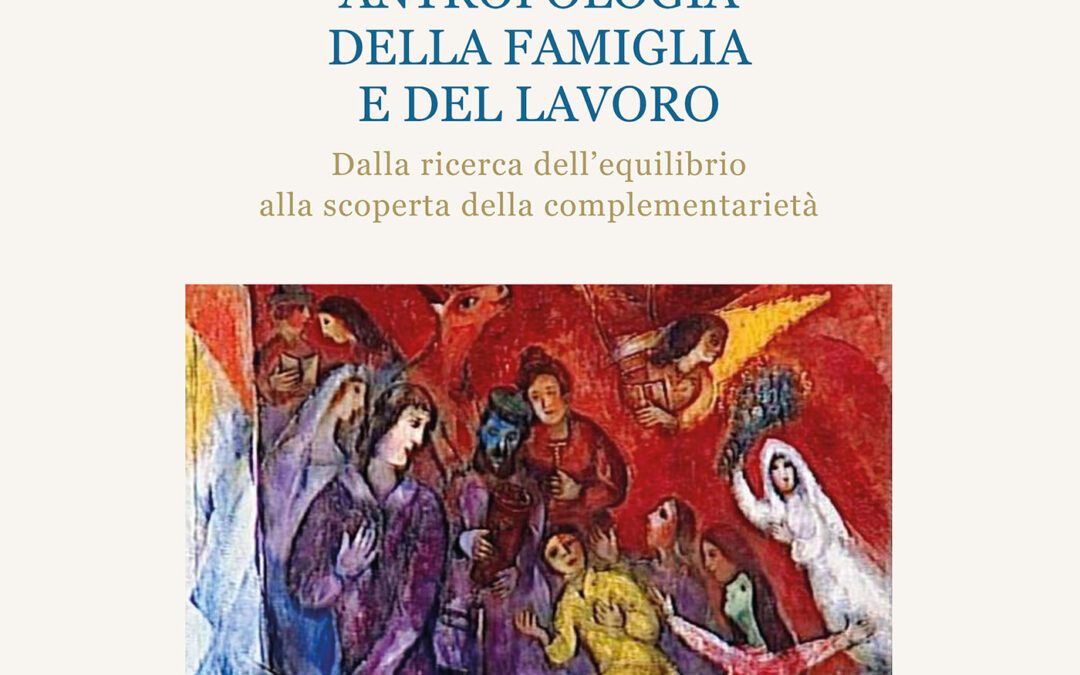In architecture, height and mass have a wonderful effect because they suggest immediately a relation to the sphere on which the structure stands, and so to the gravitating system. The tower which with such painful solidity soars like an arrow to heaven apprizes me in an unusual manner of that law of gravitation, by its truth to which it can rear aloft into the atmosphere those dangerous masses of granite, and keep them there for ages as easily as if it were a feather or a scrap of down (Ralph Waldo Emerson, Life and Literature, lecture 2: Art).
“Become a great artist. That is the only way to justify what you are doing to everyone’s life.” […] I did not understand what he meant. I did not feel I had to justify anything… I did not want to paint in order to justify anything, I wanted to paint because I wanted to paint. I wanted to paint the same way my father wanted to travel and work for the Rebbe. My father worked for Torah. I worked for— what? How could I explain it? For beauty? No. Many of the pictures I painted were not beautiful. For what, then? For a truth I did not know how to put into words. For truth I could only bring to life by means of color and line and texture and form (Chaim Potok, My Name is Asher Lev).
The pantheon of art is not a timeless presence which offers itself to pure aesthetic consciousness but the assembled achievements of the human mind as it has realised itself historically. Aesthetic experience also is a mode of self-understanding. But all self-understanding takes place in relation to something else that is understood and includes the unity and sameness of this other. Inasmuch as we encounter the work of art in the world and a world in the individual work of art, this does not remain a strange universe into which we are magically transported for a time. Rather, we learn to understand ourselves in it, and that means that we preserve the discontinuity of the experience in the continuity of our existence. Therefore it is necessary to adopt an attitude to the beautiful and to art that does not lay claim to immediacy, but corresponds to the historical reality of man (Hans-Georg Gadamer, Truth and Method).
Texts by Federica Bergamino, Michela Cortini, Juan José García-Noblejas, Rafael Jiménez Cataño, Giuseppe Madonna, Juan Carlos Mansur, Silvana Noschese, Jaana Parviainen, Giampiero Pizzol, Fulvia Strano.
